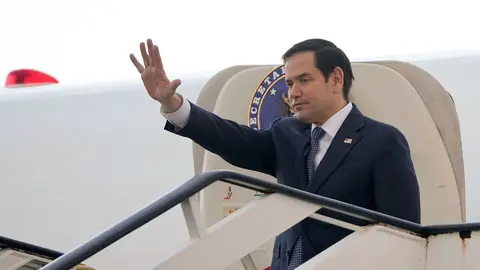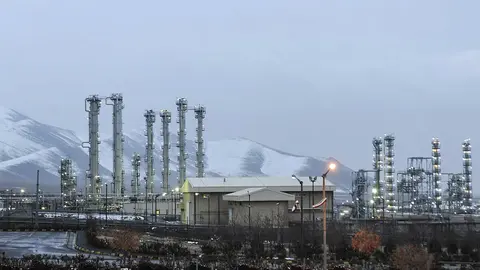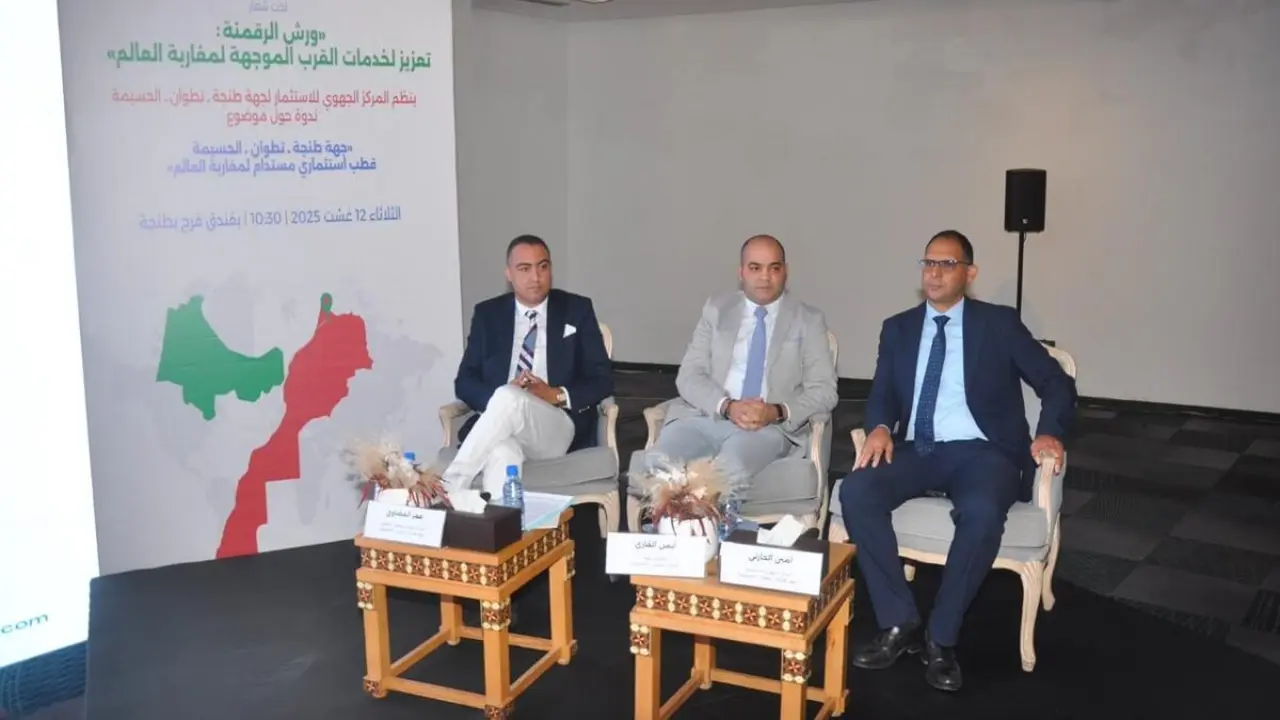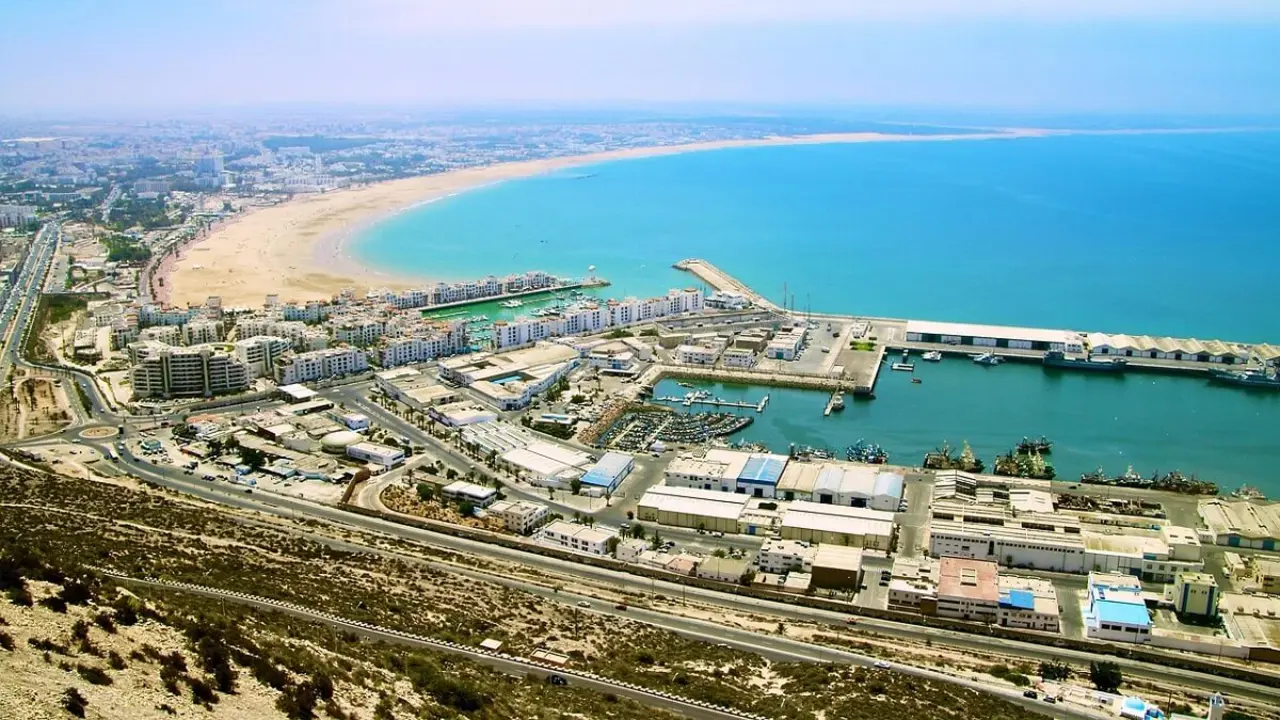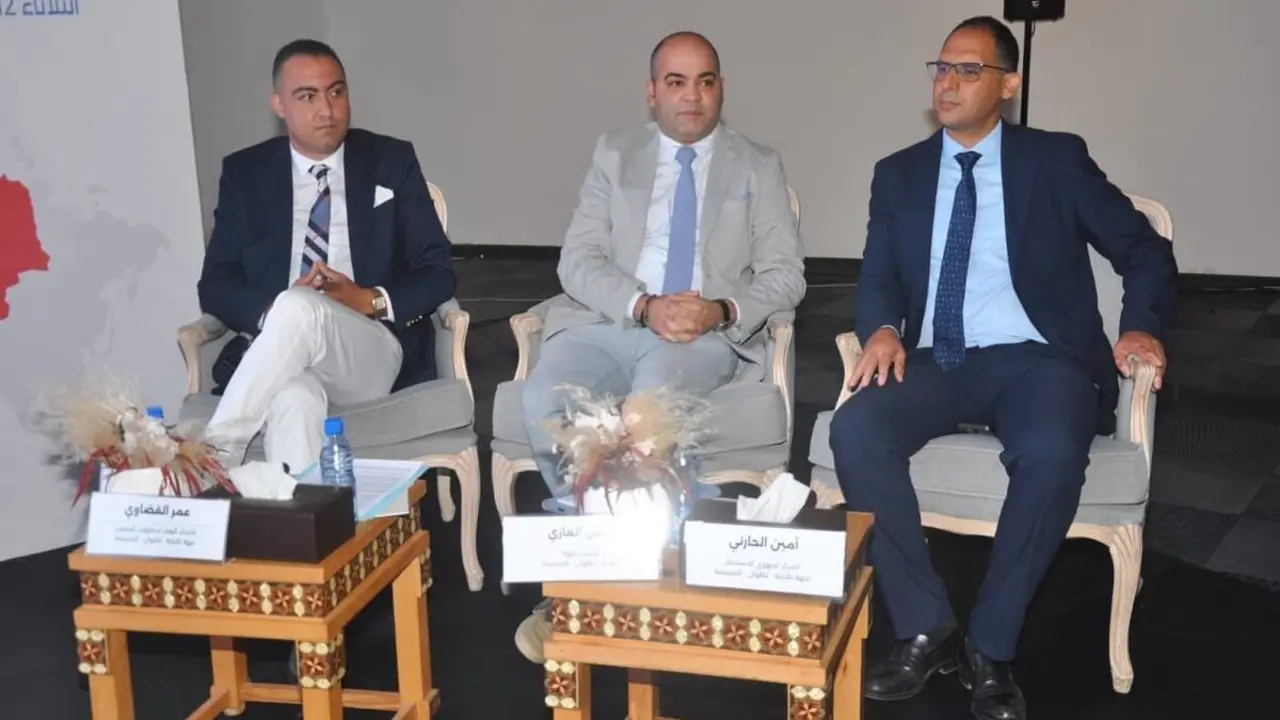Iran revives its hydrocarbon production plans through abandoned reserves
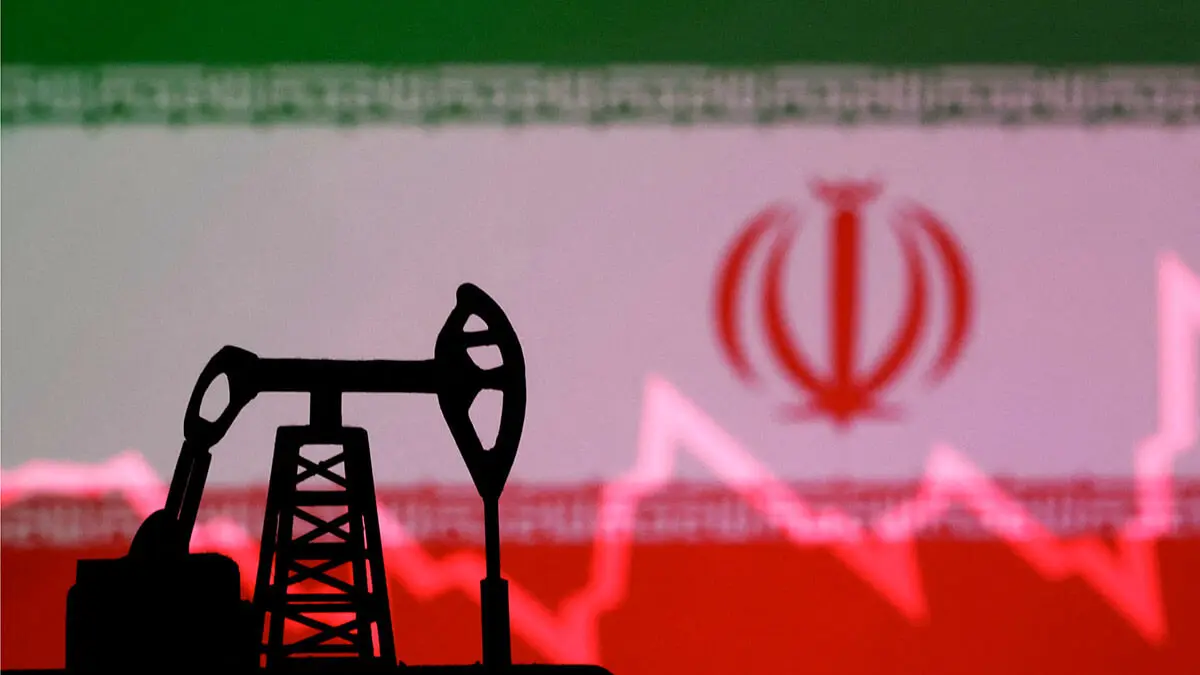
Iran has significant hydrocarbon reserves, but lacks the development of facilities, infrastructure, revenue and investment to enable production.
This, together with the application of international sanctions, prevents the country from positioning itself in the global oil and energy market and developing its industries in line with its reserves. In response to this issue, Iran has begun drilling and exploration in the Caspian Sea, the Eurasian epicentre for access to gas and oil mineral resources and fundamental for its connectivity.
This plan has been taken up again by Iranian Oil Minister Mohsen Paknejad, who announced the resumption of this project, which had been on hold since 1997.
The ultimate aim of this strategy is to strengthen the Persian country's position, particularly in response to the development of exploitation by the countries surrounding the sea, such as Kazakhstan, Turkmenistan and Azerbaijan.
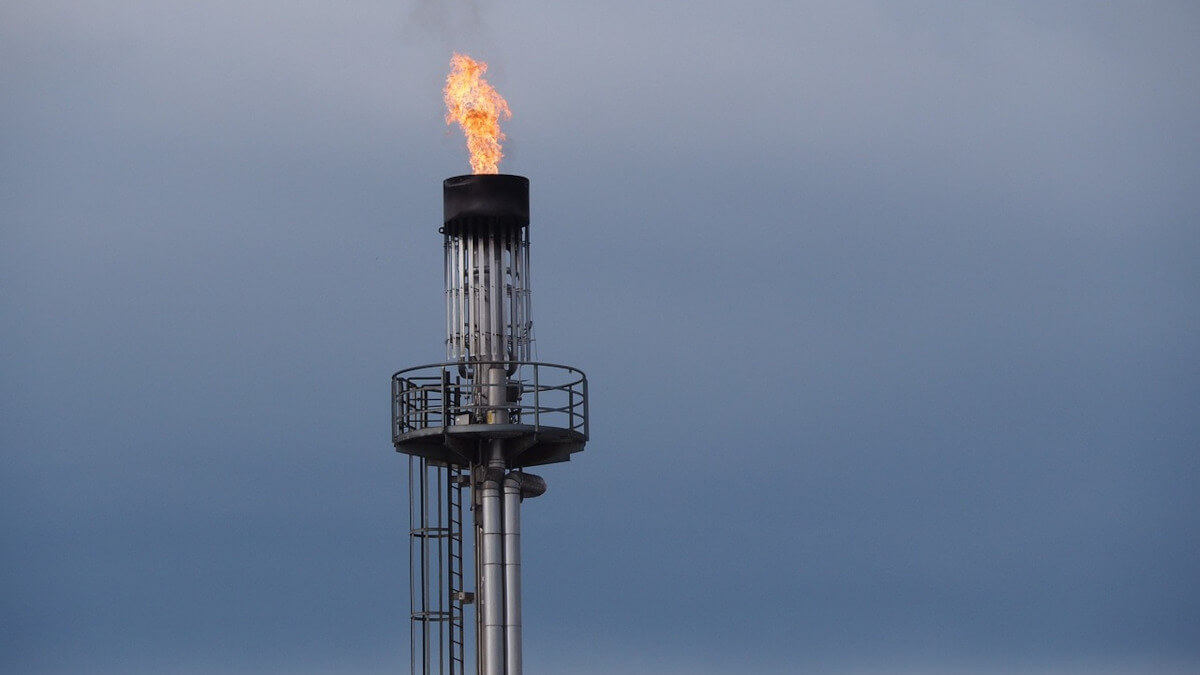
Tehran's ambitions may be thwarted by internal and external instability, especially as the country faces a crisis in its industrial infrastructure caused by international sanctions affecting the state economic system. Successful exploration in the Caspian Sea would boost production capacity and be a key proposal for increasing national production, which averages around 3.6 million barrels per day and is approaching the target of 4 million set for early 2024. However, there is no clear structure in place to achieve this goal.
As the third largest oil producer in the Organisation of Petroleum Exporting Countries (OPEC), with Saudi Arabia and Iraq leading the podium, for Iran, the creation of revenue would alleviate the budget deficit that has been plaguing the nation since the end of March.
Likewise, despite the pressure exerted by sanctions on the state, Iranian oil production continues to increase and reached 3.3 million barrels per day, a milestone after the peak five years ago. On the other hand, it should be noted that exports are mainly destined for China.
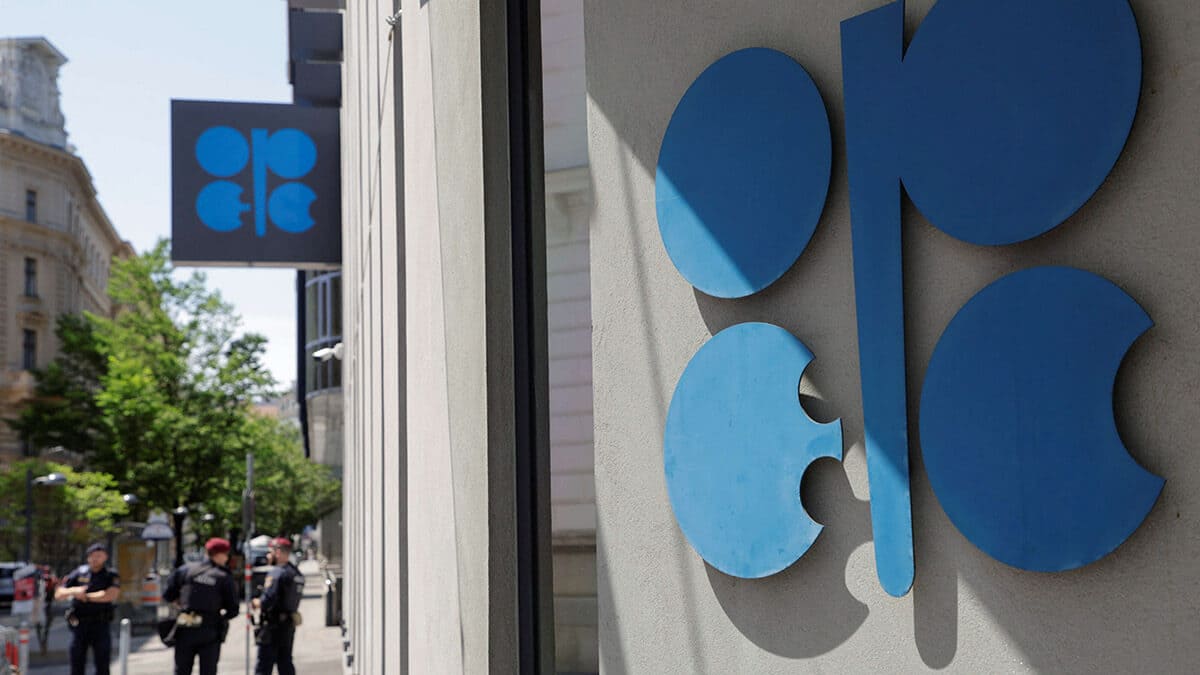
Apart from the obstacles created by sanctions and lack of financing, the increase in quotas for OPEC+, the expanded group of members created in 2016 to gain greater power over the global oil market, is an added concern.
Despite projects aimed at boosting the economy, Western sanctions, lack of funds and liquidity dilemmas remain obvious difficulties. To this end, in March 2023, Iran invested up to $13 billion in domestic companies to exploit oil fields, where the development of the Azadigan and Azar fields, which border and are shared with Iraqi territory, is visible.
The Middle Eastern and West Asian country already acts as a regional power, and its growing international importance would be seen by many as a threat to international security due to the mistrust generated by its nuclear programme and geopolitical ambitions.
Similarly, the Persian Gulf region is inherently a key geopolitical area due to its geographical location and the fact that it is home to 50% of the world's oil reserves, making it an area with a strategic role in the global hydrocarbon trade. Thus, the political dynamics of the countries bordering the large sea gulf on such a strategic and highly conflictive route are essential for global geopolitics and because of the influence they exert on other regions.
Exploration of the Caspian Sea basin's deposits and riches is an opportunity for the Islamic Republic, but it could also reignite tensions over the Caspian territories, an unresolved issue that still requires a framework of agreement between the actors involved in Europe and Asia.

